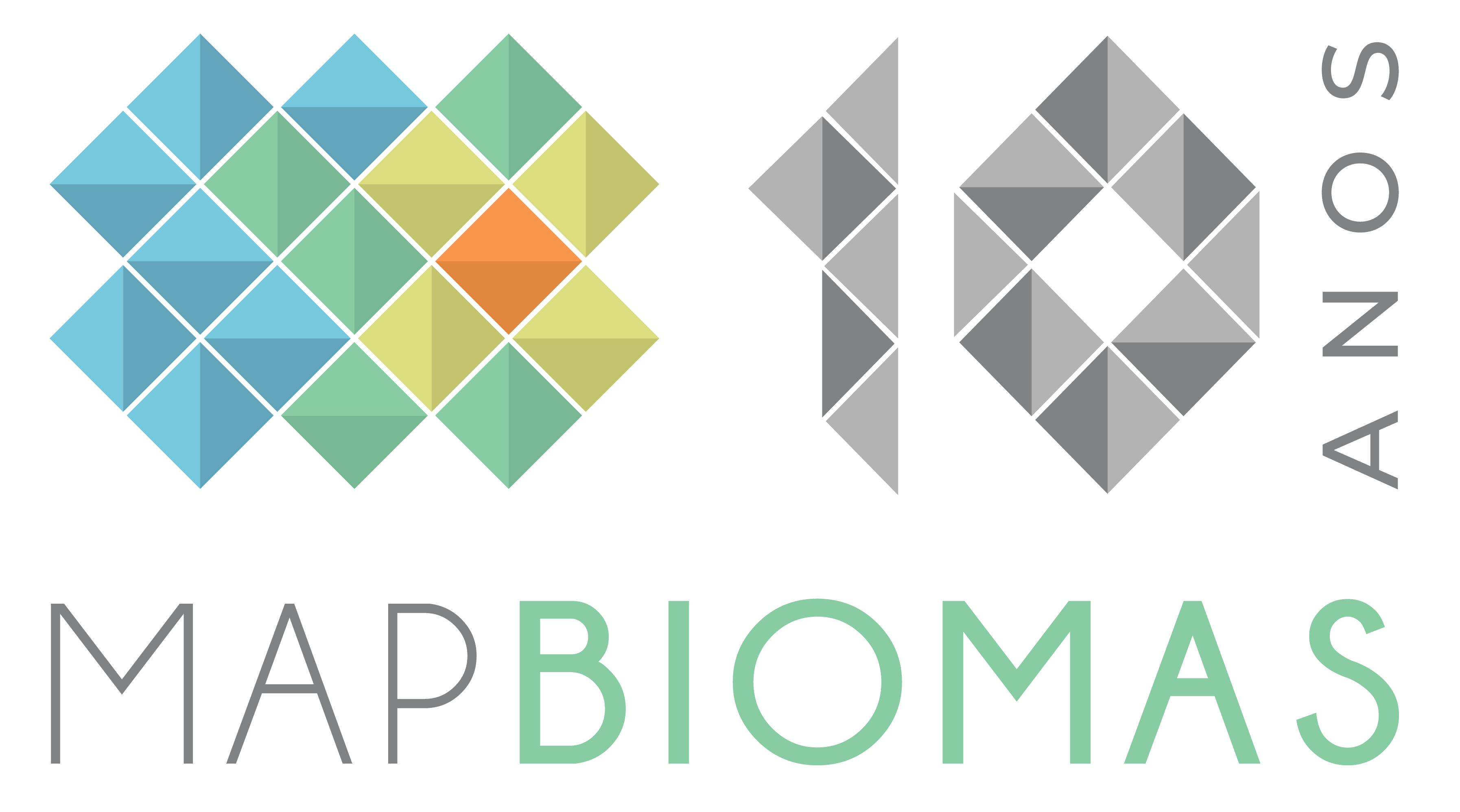The profile of land cover and land use in Brazil has changed significantly over the last 37 years, exacerbating the challenges of preserving water, food, and energy security.
Between 1985 and 2021, Brazil lost 13.1% of its native vegetation, including forests, savannas, and other non-forest formations. This territory has been occupied by agriculture and livestock, which now account for one-third of land use in Brazil. These changes result in a series of challenges faced by Brazil in land use management, which MapBiomas will discuss at an event this Friday, August 26th, when it will launch Collection 7 of annual land cover and land use maps of Brazil, compiled from satellite images and now incorporating data from 2021.
One of the main findings is that the changes caused by human action between 1985 and 2021 were very intense: they account for one-third (33%) of all anthropized areas in the country. During this period, Brazil went from 76% land coverage of native vegetation (forests, savannas, and other non-forest formations) to 66%. On the other hand, the area occupied by agriculture and livestock grew from 21% to 31% of the country, with a notable increase of 228% in agricultural areas, which now represent 7.4% of the national territory.
Another trend observed was the reduction in water surface: over the last 30 years (1991 to 2021), there was a loss of 17.1%. The phenomenon occurs especially in the Pantanal, which is strongly influenced, for example, by the variation in humidity generated by the evapotranspiration of Amazon trees.
"This trend of rapid transformations represents significant challenges for the country to develop and occupy the territory with sustainability and prosperity," explains Tasso Azevedo, coordinator of MapBiomas. "Land use and rural production need to be reconciled with the conservation of biomes," he adds.
>> Access the main highlights of Collection 7 (1985-2021)
Collection 7 of MapBiomas shows that the process of converting native vegetation into crop and pasture areas has been more intense in some regions, with recent highlights including Matopiba – an area predominantly Cerrado between the states of Maranhão, Tocantins, Piauí, and Bahia – and AMACRO, in the Legal Amazon, among the states of Acre, Amazonas, and Rondônia, and in the Pampa in Rio Grande do Sul. In Matopiba, 56.2% of the loss of native vegetation in the Cerrado occurred in the last 20 years. In AMACRO, forest loss has increased significantly in the last decade, accounting for 22% of forest cover loss in the Amazon compared to 11% in the period from 2000 to 2010. And the Pampa is the biome undergoing the most proportional transformation, with its native vegetation area reduced from 61.3% to 46.3% in 37 years. "Even though its predominant vegetation is native grasslands, which are fully compatible with livestock farming, the Pampa has been converted for agricultural cultivation, especially soybeans, and the planting of eucalyptus and pine."
Throughout Brazil, between 1985 and 2021, there was an increase of 42.2 million hectares of pasture and 43.6 million hectares of agriculture, representing a 39% increase in pasture area and a 228% increase in agriculture. "Although 72% of the expansion area of agriculture occurred on already anthropized lands, mainly pastures, it is important to note that 28% of the change to temporary crops occurred through deforestation and direct conversion of native vegetation," says Laerte Ferreira, professor at the Federal University of Goiás and coordinator of the Pasture Mapping Team and the MapBiomas Soil Working Group.
In the case of the Amazon forest, the importance of Indigenous Lands for its preservation is highlighted: the land occupation image of this biome already shows the outlines of some of them, such as the mosaic of Indigenous Lands forming a corridor between southern Pará and northern Mato Grosso. The new MapBiomas data collection indicates that the loss of native vegetation in Indigenous territories was only 0.8% between 1985 and 2021, compared to 21.5% outside protected areas in the Amazon.
Although 66% of the territory is covered by native vegetation, it does not mean that these areas are entirely preserved. The analysis of the evolution of land use changes over the years indicates that at least 8.2% of all existing native vegetation is secondary vegetation, meaning these areas have been deforested at least once in the last 37 years or were already deforested in 1985. In the Atlantic Forest, the proportion of secondary vegetation rises to 27%. On the other hand, it has been observed that the interruption of the native vegetation recovery process due to new deforestation is also significant, representing 32.9% of deforestation in the last decade.
Platform updates
The MapBiomas Collection 7 provides annual maps and data on the evolution of 27 land cover and land use classes in Brazil from 1985 to 2021, including a module containing annual data on deforestation, secondary vegetation, irrigation, mining, and pasture quality. Among the platform's new features this year are the 3D visualization module designed for terrain and tools for temporal analysis of data, which allow for a more detailed and in-depth exploration of the transformations occurring in the Brazilian territory.
"Satellites help us reveal the challenges of expanding agriculture without deforestation, protecting water resources, and making urban occupations safer and less unequal," explains Julia Shimbo, Scientific Coordinator of MapBiomas and Researcher at IPAM.

